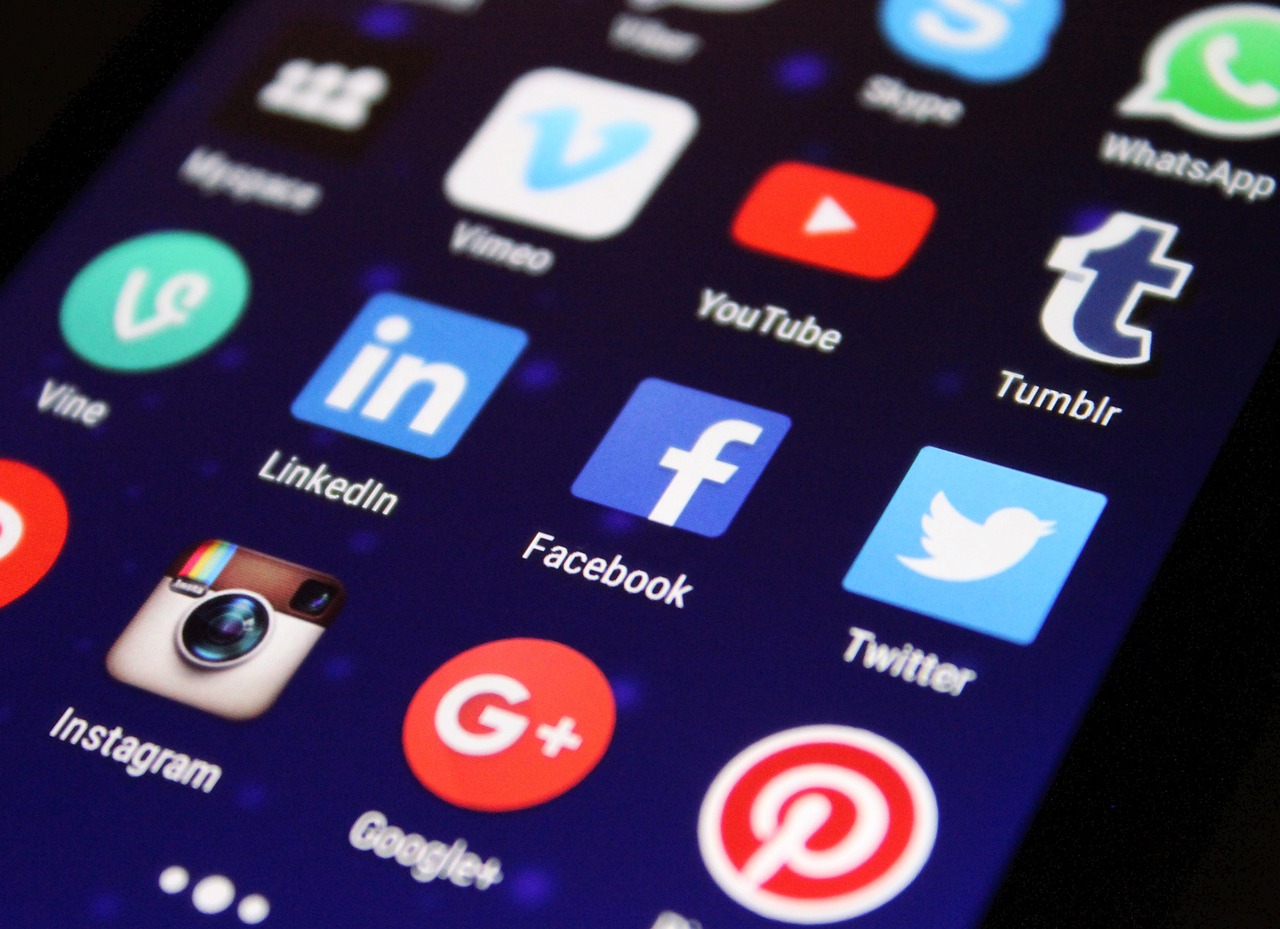
Facebook, Instagram, TikTok, X, LinkedIn… These are some of the most well-known social media platforms that you probably use every day. Maybe you use them to pass the time, promote a business, or simply because your friends pressured you into downloading the app so you could reply to the memes they send. Either way, social media has become a central part of your daily life.
Your social media presence is more than just a pastime; it has evolved into a crucial second identity that is deeply woven into your digital life. This second identity is vulnerable, it can be stolen, exploited, or weaponized against you.
As of February 2025, 5.24 billion individuals worldwide were social media users according to Statista. This number is large enough to make security breaches a real possibility, and you could fall victim to these breaches at any moment.
Even when you think your social media activity is harmless, it can whisper a surprising amount about you. Birthdays, addresses, pet names, and favorite sports teams are often shared without a second thought. Hackers sift through these breadcrumbs to answer security questions, guess passwords, and quietly map your life. When your timeline tells your story, who else is reading it?
Your routines and locations revealed through check-ins, geotagged photos, and frequent activity patterns, become invisible threads that can indicate where you live, work, and travel, making phishing attempts or physical targeting easier.
Your network is no longer just friends and colleagues. Follower/Following lists, groups, and tagged photos sketch a web of relationships that can be exploited for impersonation or manipulation. Even your opinions, likes, and comments leave footprints, constructing a portrait of your habits and preferences for anyone patient enough to watch.
The consequences are very real. Identity theft, fabricated accounts, and even the sale of personal information on the dark web are just the tip of the iceberg. The FBI estimates online impersonation attacks have cost victims over $5.3 billion. This is a silent epidemic fueled by digital footprints you didn’t even know existed.
Luckily, there are measures you can take to protect yourself. Always double-check any links sent to you. This is a simple yet effective measure against phishing links and websites. Additionally, use strong, unique passwords for each account, avoiding even slight variants. You can also track breaches using tools like Have I Been Pwned to see if your data has been compromised. Finally, privacy settings are your shields. Adjust them to limit who can see your posts, personal details, and friend list, and think carefully before sharing sensitive information like travel plans or daily routines.
Social media will continue to evolve, its features growing smarter, and its tracking subtler. Each new tool or AI-generated insight is another layer in the unseen map of your digital life. Remaining vigilant is necessary, and proactive security is more important than ever. Your second identity should remain under your control.
Your social media presence has objectively become a second identity. One that can be targeted, stolen, or exploited. Every photo you post, every status update, every “check-in” leaves a trail. To your friends, it’s just life updates. But to hackers, it’s a roadmap. Which begs the question: How much of yourself have you unknowingly handed over to strangers?